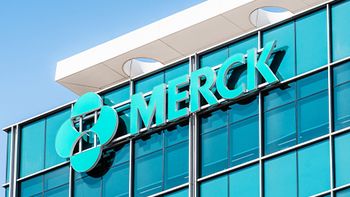
A fake drugs intrusion in the US—with a twist
Painkiller addicts buy street drugs that simulate well-known pharma brands
There appears to be a new type of counterfeit drug distribution in the US—but one that has a quite distinct distribution “channel,” so to speak. A just published
Norco is a brandname of Watson Pharma (now Actavis); according to the article, the fake drugs “bore the usual Watson imprint but were beige instead of white.” (The article makes reference to other instances of opioid overdosing that implicate Mallinkrodt’s hydrocodone/acetaminophen product, with pills embossed with “M367.”) China is believed to be the source of most of the fentanyl-laced knockoffs.
It has long been known that drug abusers, purchasing prescription drugs on the street, will seek out branded products on the assumption that their effects are well understood. Typically, these drugs are stolen or diverted from legitimate distribution channels, or sold by patients who received legitimate prescriptions. Less well-recognized is the ability of drug counterfeiters to introduce their products into this street market. Most cases of drug counterfeiting in recent years in the US involved drugs improperly imported and distributed through legitimate distribution channels, such as the fake Avastin that showed up in
The Annals case study is but one instance of the wave of opioid overdoses and deaths that occurred in northern California in late 2015 and 2016; in one form or another, illegitimately manufactured fentanyl is now a common element of drug abuse outbreaks. In turn, fentanyl (which has FDA-approved therapeutic applications) is only one of a growing variety of synthetic opioid analogues, together with heroin, now reaching crisis levels of abuse. The Annals study makes the point that medical personnel treating overdosed patients cannot assume that the cause of the overdose was the compound indicated by the drug’s appearance.
Newsletter
Stay ahead in the life sciences industry with Pharmaceutical Commerce, the latest news, trends, and strategies in drug distribution, commercialization, and market access.



